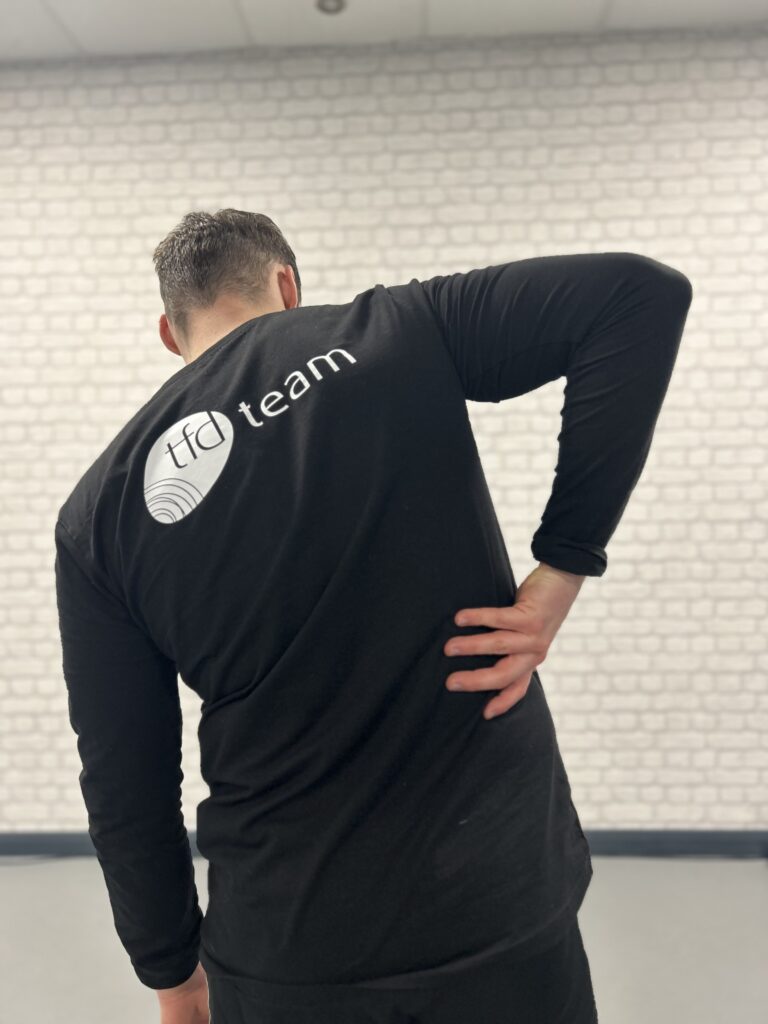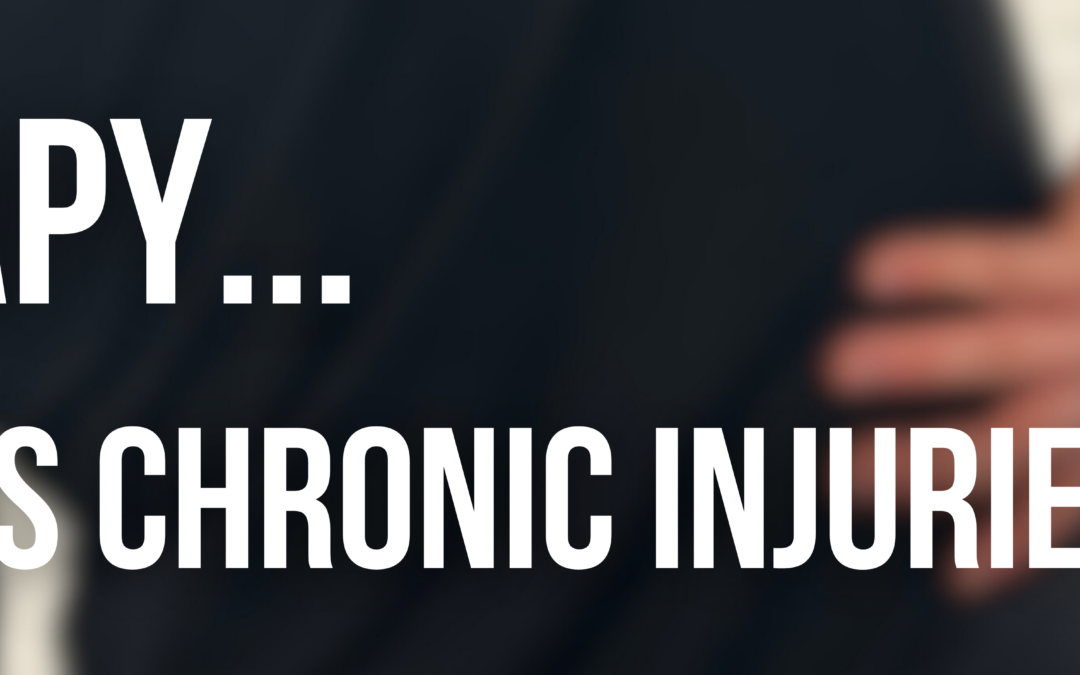Introduction
This blog will explore what distinguishes these acute and chronic injuries, provide examples, discuss their signs and symptoms, and explain how sports therapy can help in managing and dealing with both. Understanding the difference between these two types of injuries can help with diagnosis, prevention and treatment. Recognising the signs and symptoms of both types of injuries can lead to timely intervention and better outcomes.
Definitions, examples and symptoms of acute and chronic injuries…
Acute Injuries
Acute injuries are sudden injuries that occur because of a specific event or trauma. These injuries happen quickly and are often caused by a direct blow, fall, or collision. In contact sports such as rugby, a large proportion of injuries are made up of acute injuries. Examples of acute injuries include:
Sprains: Stretching or tearing of ligaments, commonly occurring in the ankle or wrist.
Strains: Stretching or tearing of muscles or tendons, frequently seen in the hamstrings or lower back.
Fractures: Breaks or cracks in bones caused by direct impact or stress.
Dislocations: Bones forced out of their normal position, often occurring in shoulders or fingers.
Contusions: Bruises resulting from a direct impact that causes blood vessels to burst under the skin.
Symptoms:
- Immediate Pain: Sharp, severe pain at the time of injury.
- Swelling: Rapid swelling in the affected area.
- Bruising: Discoloration of the skin due to bleeding under the surface.
- Inability to Move: Difficulty or inability to move the affected limb or joint.
- Deformity: Visible deformity in the case of fractures or dislocations.
Chronic Injuries
Chronic injuries develop over time due to repetitive stress or overuse. They are often the result of prolonged, repetitive motion or poor mechanics over an extended period. Examples of chronic injuries include:
Tendinitis: Inflammation of a tendon, often seen in the Achilles tendon or elbow (tennis elbow).
Stress Fractures: Small cracks in bones caused by repetitive force, commonly found in the feet or legs.
Shin Splints: Pain along the shinbone (tibia) caused by repetitive stress, common in runners.
Bursitis: Inflammation of the bursae (small fluid-filled sacs) that cushion bones, tendons, and muscles, often affecting the shoulder, elbow, or hip.
Runner’s Knee: Pain around the kneecap (patella) caused by repetitive motion and stress on the knee joint.
Symptoms:
- Gradual Onset of Pain: Pain that develops slowly over time and worsens with activity.
- Swelling: Persistent or recurring swelling in the affected area.
- Dull Ache: A consistent, dull ache during or after physical activity.
- Stiffness: Morning stiffness or stiffness after periods of rest.
- Weakness: Gradual weakening of the affected muscles or tendons.

How Sports Therapy Can Help
Sports therapy plays a vital role in managing both acute and chronic injuries. A thorough assessment and diagnosis help identify the root cause of the injury, allowing the sports therapist to develop a targeted treatment plan. Techniques like shockwave therapy and manual therapy are employed to reduce pain and inflammation, benefiting both acute and chronic conditions. Shockwave therapy stimulates healing with acoustic waves, while manual therapy uses hands-on techniques to mobilise joints and improve circulation.
Personalised exercise programs are essential for strengthening the affected area, improving flexibility, and restoring function. For chronic injuries, sports therapists often advise on modifying activities and techniques to reduce stress on the injured site, such as altering posture, adjusting equipment, or modifying workout routines.
Education on proper biomechanics, equipment use, and training methods is also a component of sports therapy. Understanding the correct movements and usage can significantly reduce the risk of future injuries. Often, daily habits or techniques contribute to injuries, and a sports therapist can help identify and correct these to prevent recurrence.
At tfd therapy we offer all of these services. If you are struggling with an acute or chronic injury, please get in touch and we will be happy to help.

